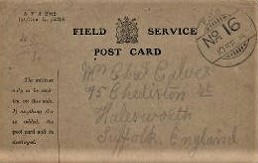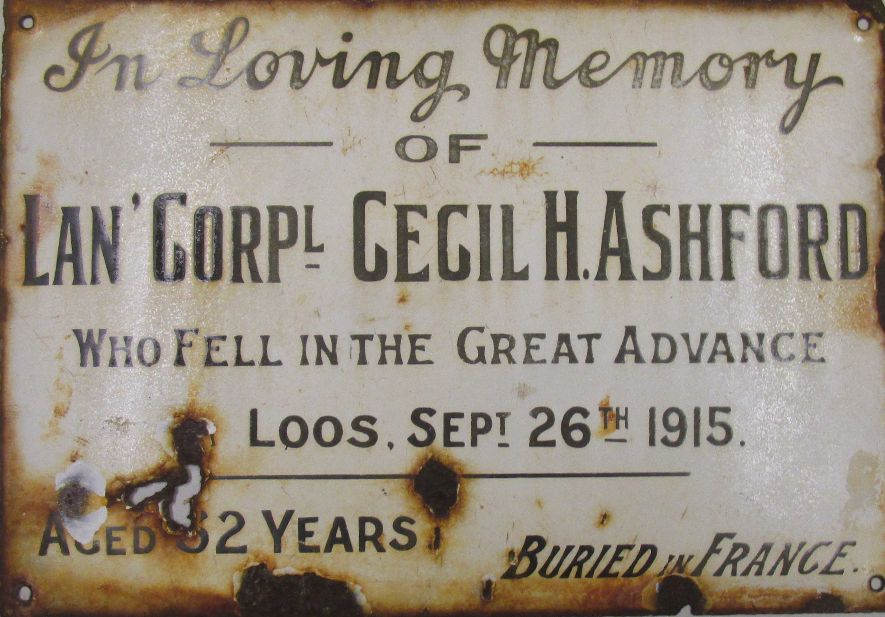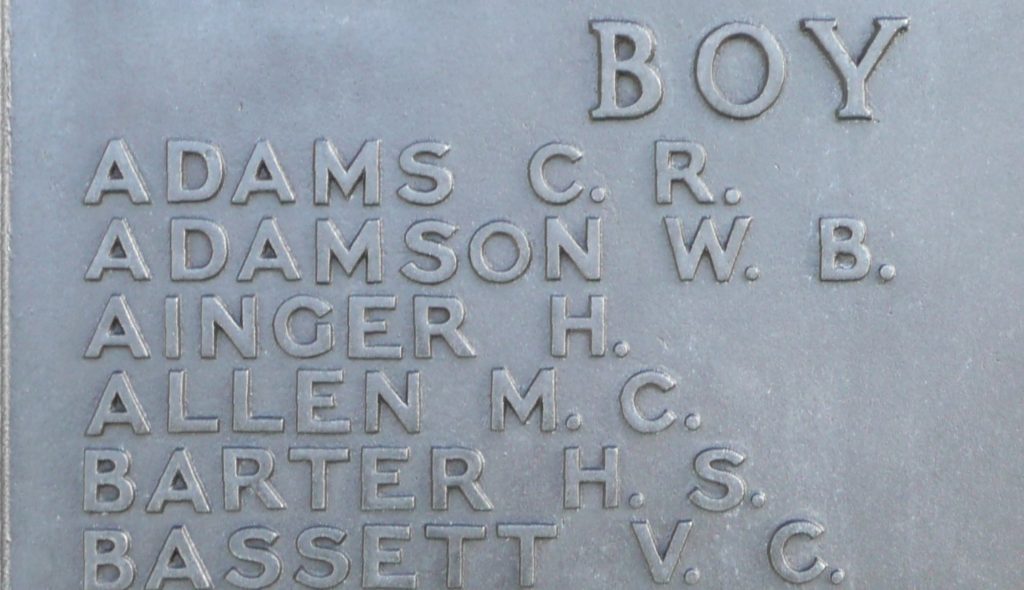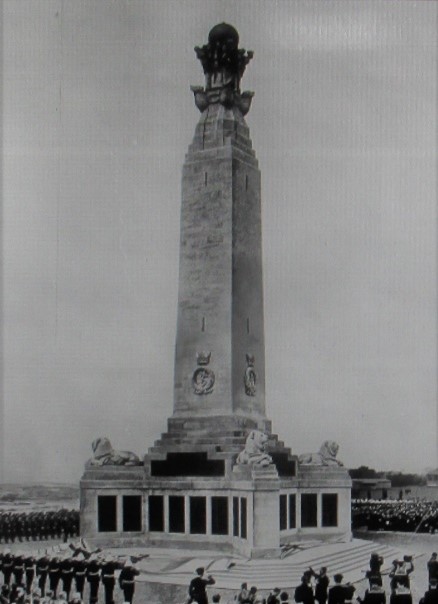1801 PRIVATE BERTIE RICHARD CALVER
‘C’ COMPANY 1/4TH BATTALION SUFFOLK REGIMENT (T.F.)
KILLED IN ACTION
26TH AUGUST 1915
AGED 18 YEARS
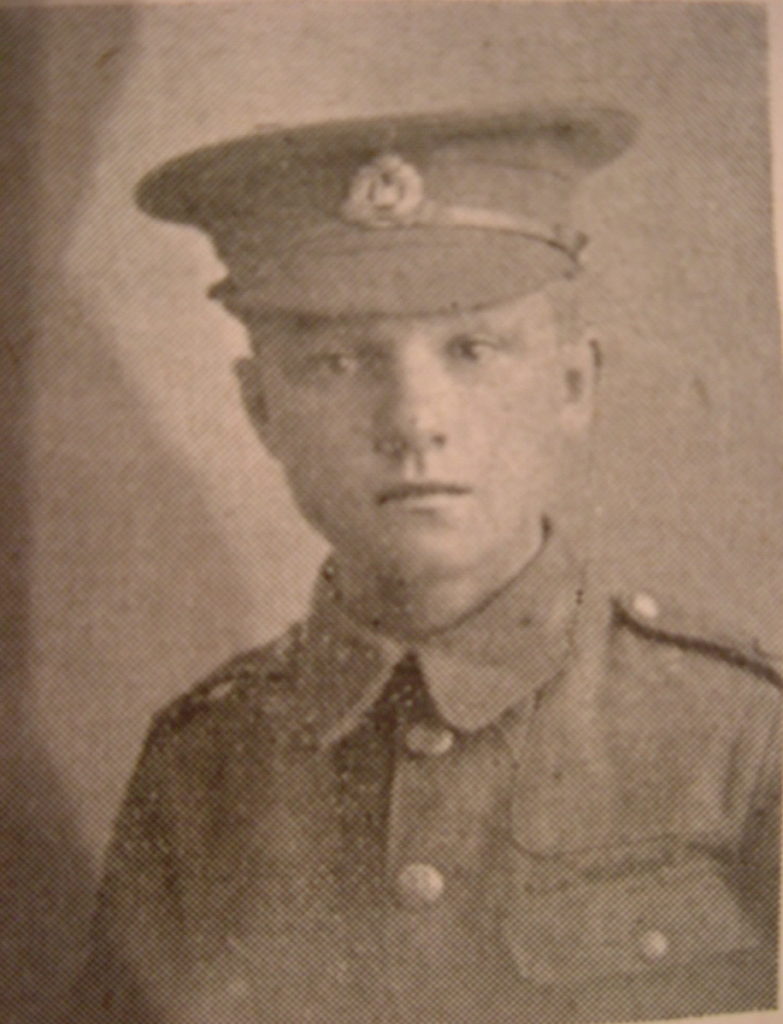
Born in Halesworth on the 9th October 1896, Bertie was the third child of a family that would eventually reach a total of eight children. His father Charles and mother Mary (née Clarke) ran a small fruiterers’ and market garden business in the town. By 1911 the family had grown so large that they occupied two of the small four room cottages situated near the far end of Chediston Street in an area known as Rumsby’s Yard. On leaving school in 1910 Bertie found employment at Mr Leckenby’s boot factory in Quay Street. Described as a lad full of spirit, in late 1913 he followed his elder brother Hubert into enlisting in the town’s Territorials serving as No.1801 private soldier in ‘F’ Company at the age of seventeen years. Like many of his pals, including his brother in ‘F’ Company, after the outbreak of war in August 1914 he signed the Imperial Service Pledge thereby volunteering to serve overseas around the time of his eighteenth birthday.
Barely four months later they were preparing to cross to France when it was realised that the pre-war regulations still applied which meant the youngest age a soldier could travel overseas was nineteen years, it is said that the night before the 4th Suffolks sailed on the 8th November 1914 there were several men who celebrated their nineteenth birthdays Bertie being just one. For the 1/4th Suffolks the following few months consisted of further training and gaining front line experience where they became involved in a number of minor engagements as they prepared for their first major action. This would come during the battle of Neuve Chapelle between the 10th and 13th March 1915. Bertie was not present as on the 5th March 1915 he had been struck down with tonsillitis and had been admitted to the Canadian Field Hospital where he remained until the 17th May after which he re-joined his battalion. During his time away as well as the Neuve Chapelle action, the 1/4th Suffolks had also fought during the battle of Aubers Ridge. Their combined losses for both of these in Officers and Men amounted to well over three hundred all ranks being killed and wounded.
Within six weeks of Bertie’s return to the 1/4th Suffolks, the Regimental history, which was first published in 1927, records that on the 21st June 1915, whilst the Battalion were still serving in the front line, they had been bombarded by a battery of German heavy artillery, during which one Officer and four Other Ranks had been killed, with a further three soldiers receiving wounds. One of these had been Bertie, who had been grazed by a shell splinter to his lower stomach, for which he had been admitted into the 20th British Field Ambulance and discharged two days later.
On 10th July Bertie would have been present at a parade outside the town of Estaires when the Divisional Commander, Major General Keary, presented the ribbons of Gallantry medals to those of the battalion who had been awarded for their part in the battle of the previous March. Like all the lads from Halesworth he no doubt would have been particularly proud of Percy Sones, as he had the ribbon of the Distinguished Conduct Medal pinned to his chest. Just over a month later Bertie would be dead. In a letter sent to his parents shortly after by the then ‘C’ Company Commander, Captain W.G. Tollemarche, expressing sympathy “for the loss of a very popular lad”, he mentioned that Bertie’s death was instantaneous. This, combined with the fact that he was the only loss to the battalion on that day, could point to the fact that he had been shot by a German sniper or struck by a stray bullet, having attempted to look over the top of the trench. After his death his comrades would have given him a field burial and sometime later his remains may have been transported to the Commonwealth War Graves Cemetery Cabaret-Rouge, outside the town of Souchez, France, where he now lies at rest.
After his death, his mother Mary having been nominated as his next of kin, received War Gratuities in the total of £8.10.4d (£8.52p) and a weekly pension of 5/- (25p). She would also have received his medal awards of the 1914 Star Trio, Memorial Plaque and Scroll.
The present location of these is unknown.
Field Service Postcard sent to Bertie’s mum Mary by his older brother 1523 Private Hubert Calver 1/4th Bn, Suffolk Regiment on the 1st March 1915.
